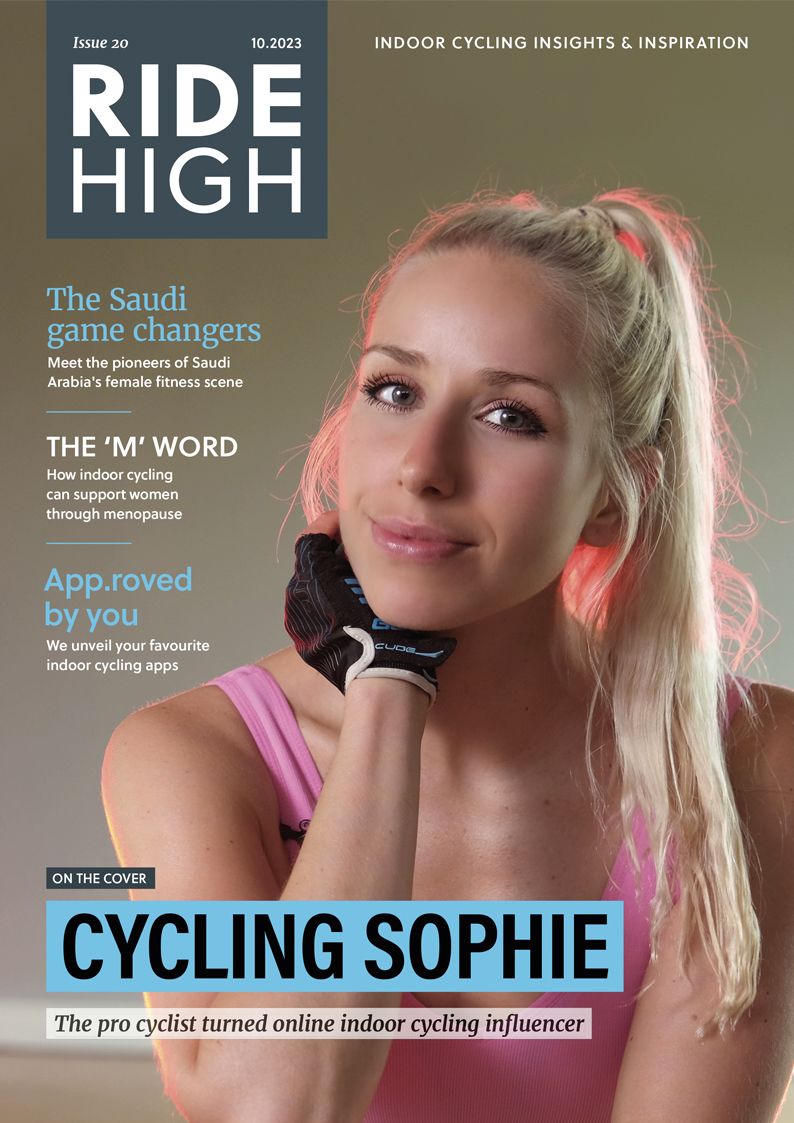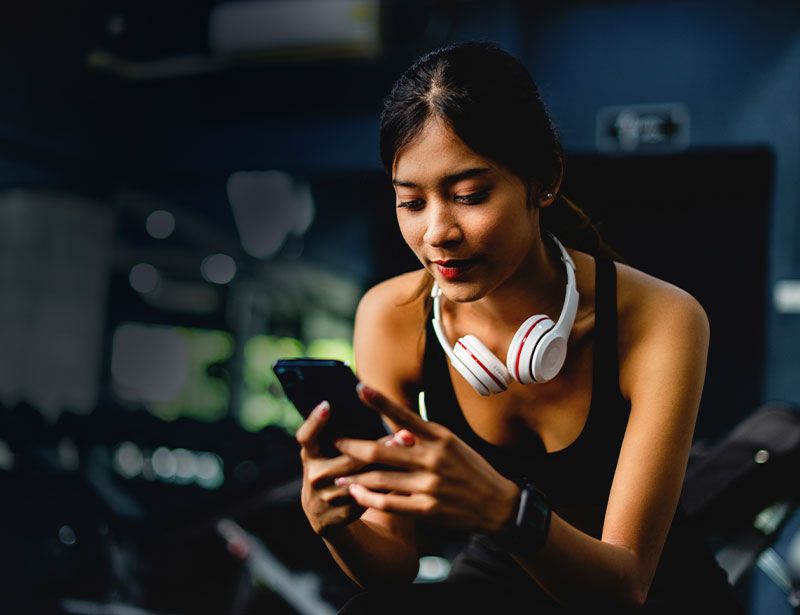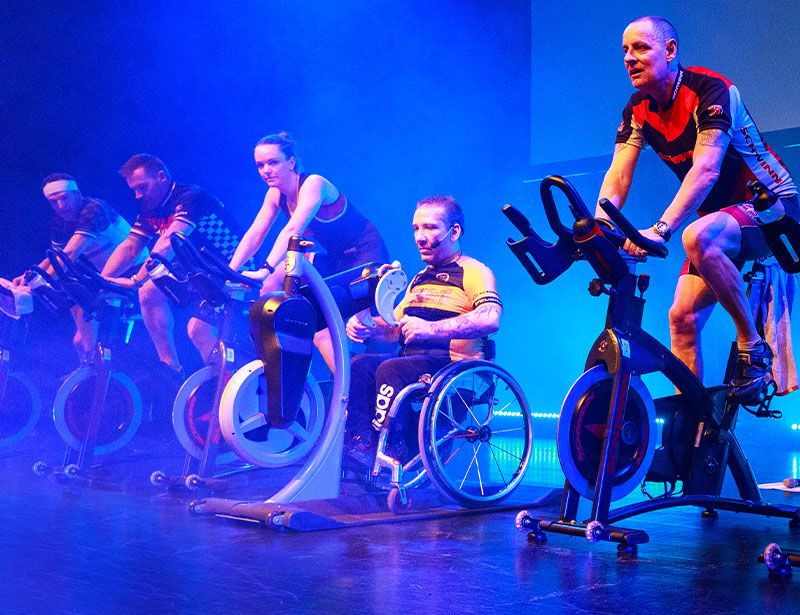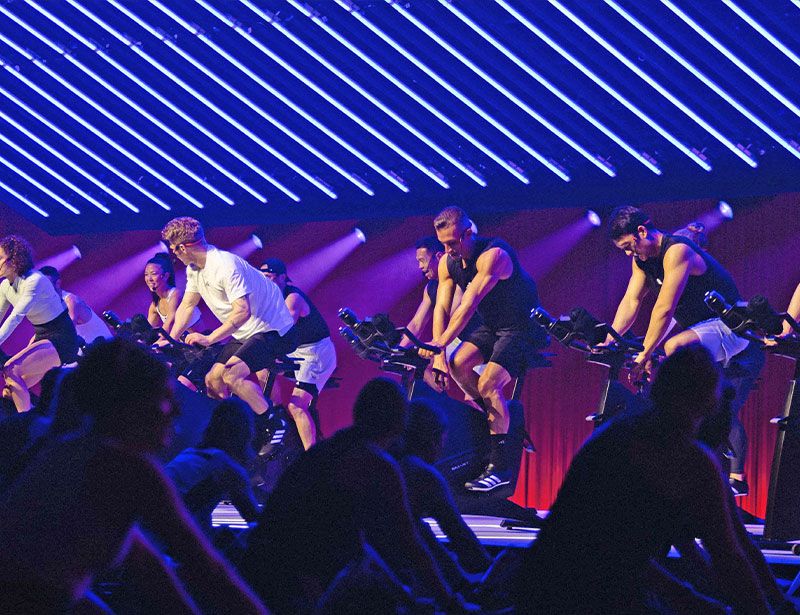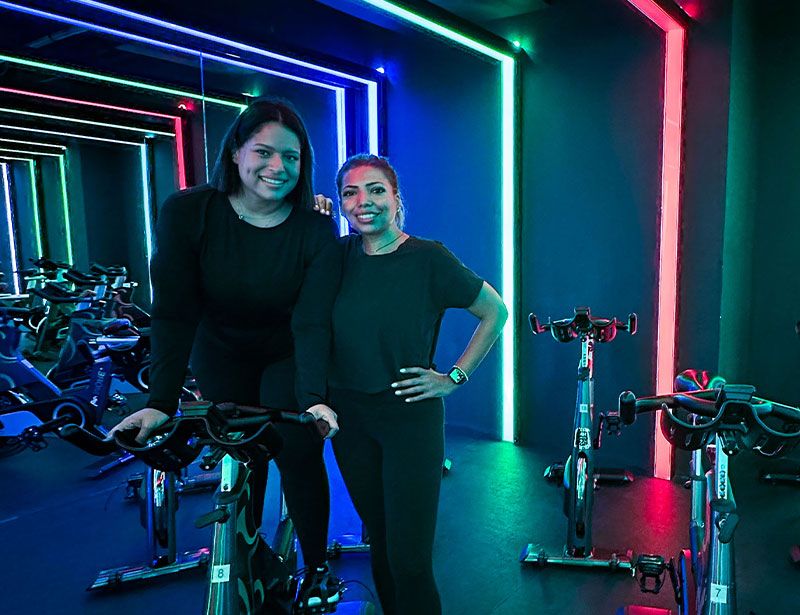
Measuring sustainability
How sustainable can fitness equipment become – not just in the way it’s powered, but in its very fabric? What can we do within our manufacturing? How can we push the boundaries of the raw materials we use?
These are just some of the questions we’ve been asking ourselves at BODY BIKE for a number of years now, and many of you will be familiar with the results so far: our sustainable siblings, BODY BIKE Smart+ OceanIX and BODY BIKE Smart+ Forest Green.
Let me quickly make clear that I’m not here to push these products. I’m here to champion a cause that I passionately believe everyone in the sector must now embrace. I’m here to shine a light on what we’ve done in the hope that we can inspire wider change.
Our latest step – because you can only truly manage what you measure – has been to calculate the carbon footprint of OceanIX and Forest Green.
The result: Each bike has a carbon footprint of 0.19 tonne CO2e.
How does this compare to gym equipment from other manufacturers? We don’t know; I’m not actually aware of anyone else who has done these calculations.
What I do know is that BODY BIKE saw it as an important step – a carefully measured benchmark from which we can now strive to continually improve.
I also know that a footprint of 0.19 tonne CO2e is already remarkable, given you emit that just by driving 554km in the average petrol car.
How have we achieved this? It’s a result of several factors, including the use of recycled materials and eco-friendly components in our manufacturing process: recycled ABS plastic, recycled plastic fishing nets, reclaimed iron for all cast iron parts.
Above all, however, it’s the result of dedication, passion and a fervent belief that this is something we must all do. It’s why we will keep innovating. Why we will keep going further in our search for sustainable materials that also support our quality standards; we’re currently assessing the feasibility of green steel, for example. And why it’s my personal mission to apply these new sustainable standards to all existing models of BODY BIKE over the next two years.
I urge others to follow our lead before it’s too late for our planet.
-Uffe
In this issue of RIDE HIGH

Conceived, powered and funded by BODY BIKE®, RIDE HIGH has a simple mission: to celebrate and champion the very best of indoor cycling, sharing ideas, stories and experiences from around the world to inspire the sector on to even bigger and better things. Subscribe for free by leaving your details below and we'll send indoor cycling's hottest news direct to your inbox three times a year.

